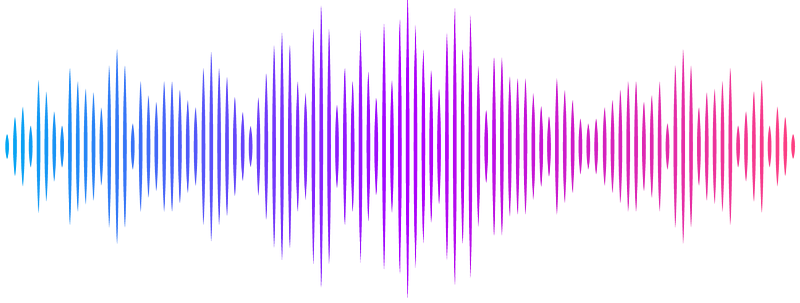Transient gamma rays from the 2021 outburst of the recurrent nova RS Ophiuchi: the effect of gamma-ray absorption

Transient gamma rays from the 2021 outburst of the recurrent nova RS Ophiuchi: the effect of gamma-ray absorption
Vo Hong Minh Phan, Pierre Cristofari, Enrico Peretti, Vincent Tatischeff, Andrea Ciardi
AbstractIn 2021, RS Ophiuchi was the first nova to be detected in the very-high-energy (TeV) gamma-ray domain, directly testifying of efficient acceleration of charged particles up to at least the TeV range at the nova shock. Surprisingly, the TeV gamma-ray signal peaks $\sim 2$ days after the GeV signal and the origin of this delay has still not been clearly understood. We investigate the possibility that this delay is due to the effect of gamma-ray absorption resulted from interactions between gamma rays and optical photons copiously emitted during the outburst. We model particle acceleration at a nova shock to obtain the gamma-ray emission produced in interactions between the accelerated particles and the shocked gas. The effect of gamma-ray absorption is then included in details using the radiative transfer equation. We find that this can naturally account for the delay between the peaks of GeV and TeV gamma-ray lightcurves. This result emphasizes the importance of gamma-ray absorption for interpreting gamma-ray observations of novae in the TeV range which, in turn, demonstrates the necessity of a multi-wavelength view for unraveling the underlying physics of particle acceleration in these systems.